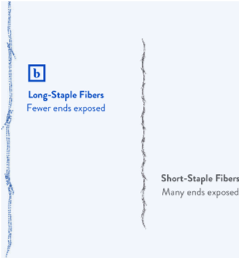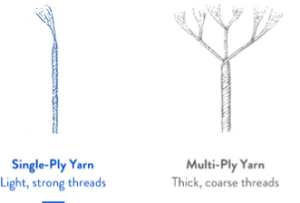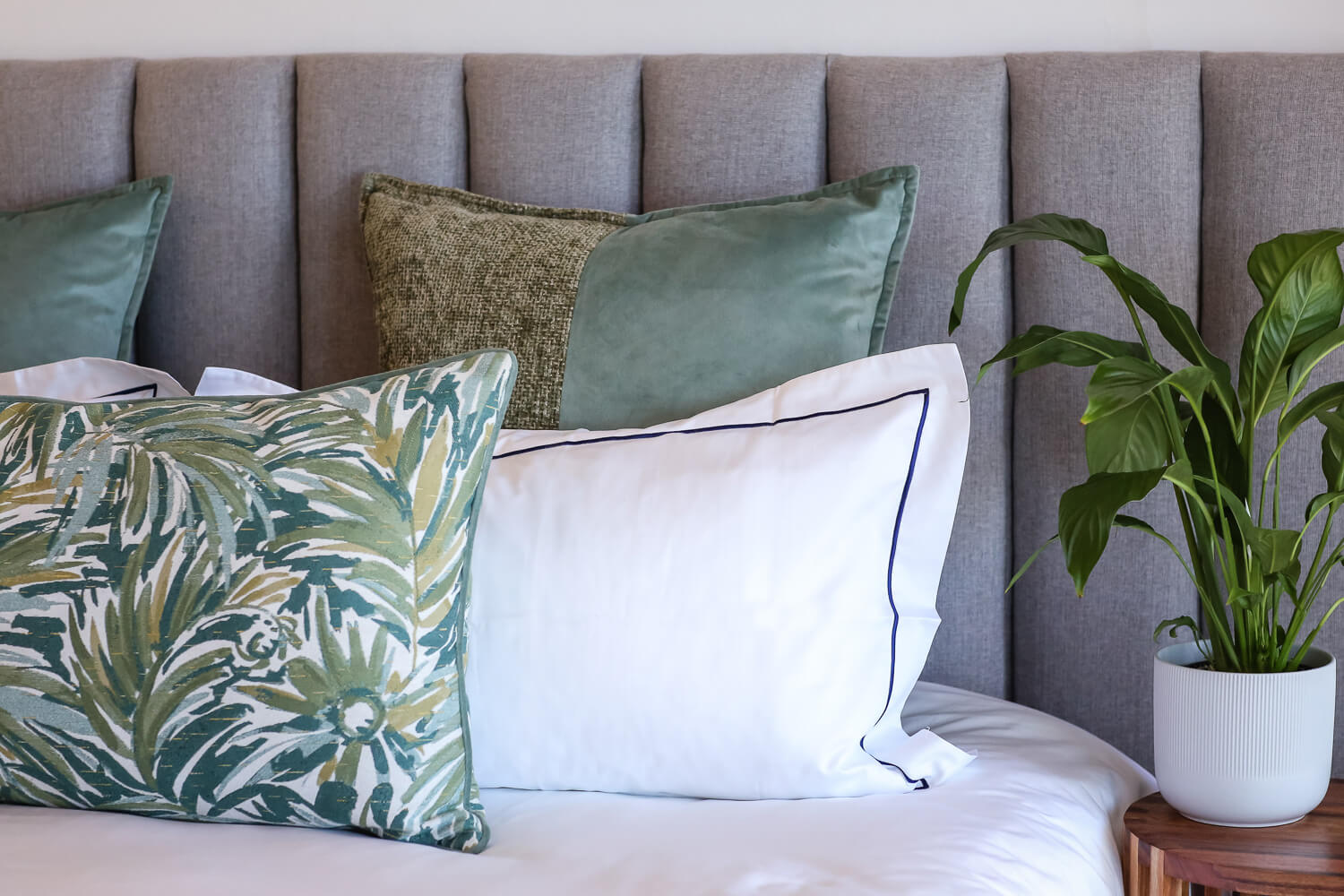When buying linen, one might come across quite a few technical words. These are terms used in the linen industry to explain different types of fabric and the treatments used to create special finishes. Below we have listed a few of these terms for your better understanding.
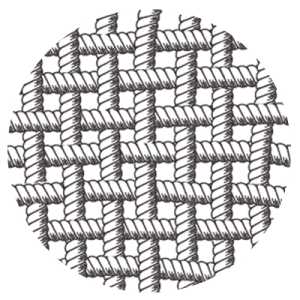
Percale
Percale is a type of weave popular for its use in bed linen. It requires a thread count of 200 or more, using combed fabric threads to create a closely woven fabric where the warp threads are woven through the weft threads in a one-over-one-under pattern. This result in a strong, smooth finish to the fabric. The threads that are woven to make the fabric determine the strength and thickness of the fabric.
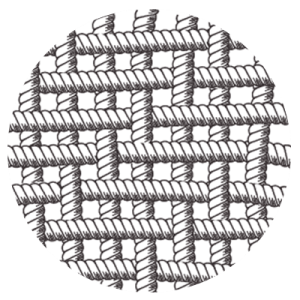
Sateen Weave
Sateen weave or finish is when cotton is woven in a traditionally satin weave to lend it a glossy sheen. The weave is achieved by weaving four warp threads for every one weft thread in a four-over-one-under pattern. This results in an incredibly soft and incredibly silky feel to the fabric. Because several threads lie on the surface, the fabric appears shinier than percale fabrics. Luxury cotton bedsheets produced in this weave have a shiny, satin-like finish. However, sateen weave is not as strong as the percale weave, thus it is more susceptible to snags and pulls.
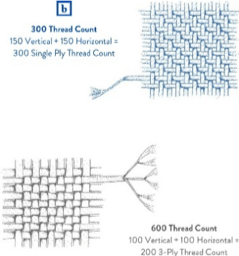
Thread Count
he total amount of horizontal and vertical threads that are in a square inch of fabric. Higher thread counts are better quality as they are made using finer threads that overall create a smoother, silkier and more flexible fabric. Higher thread count also means better downproof quality. Our bedding range in thread count from 144 to 400 thread count.
Long vs Short Staple Fibres
Long Staple Cotton produces the longest, strongest and finest cotton Fibres in the world, in the case of cotton the longer the staple the better quality the cotton is. Longer cotton Fibres can be spun into stronger and finer yarns, these produce an extremely soft and supple weave. Shorter Fibres can poke through the weave causing the weave to be coarser and weaker fabric.
Single vs Multi Ply Yarn
Single ply yarn is the preferable to multiply yarn, as it produces the strongest and finest threads. It can only be spun from long-staple cotton, which therefore results in light, soft and long-lasting linen. Multi ply yarn are a group of weaker Fibres which are twisted together, to create a false strength, these use a combination of shorter cotton-staples causing thicker and coarser threads.
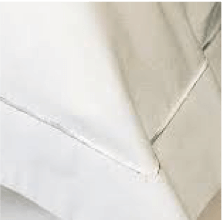
Satin Stitch
Satin stitch is typically a long straight embroidery stitch that gives a satin embroidered effect. It is often used to highlight oxford bordered linen by using one or two parallel stitched rows.
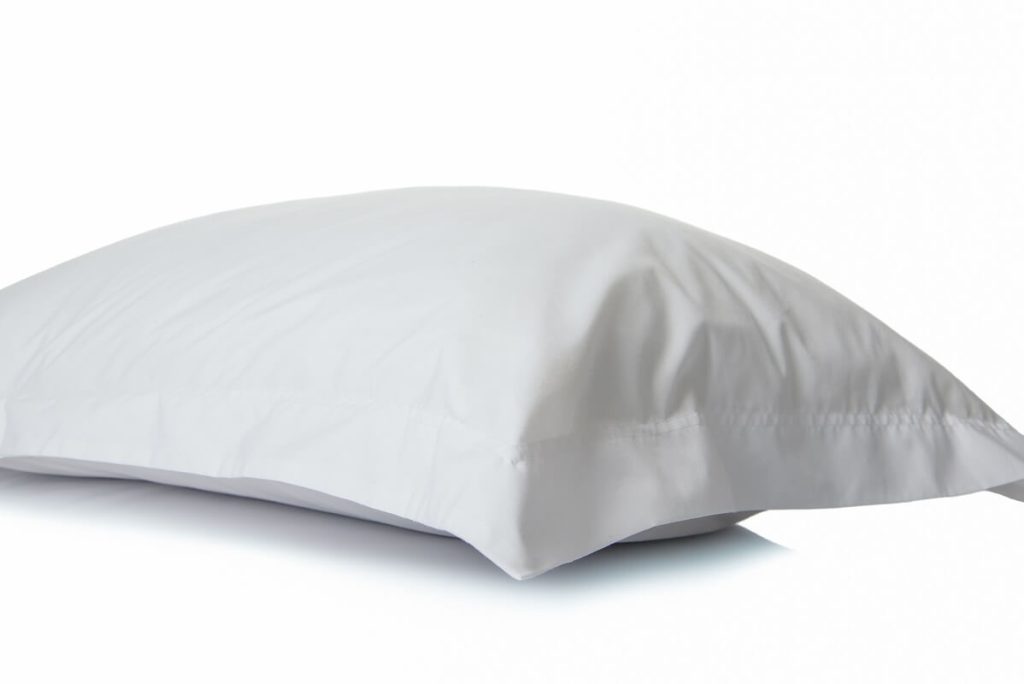
Oxford Flap
Linen with an Oxford Flap have a 5cm border round the edge, similar to a flap. An Oxford Flap has no purpose other than being used as a decorative feature.
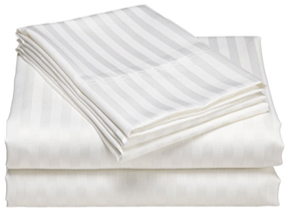
Sateen Stripe
A sateen weave fabric with alternating stripe pattern, similar to jacquard patterns that leaves a subtle and stylish finish. Typically found in fabric of 250 thread count or higher. Stripe patterns available vary from 1.5cm to 3cm widths.
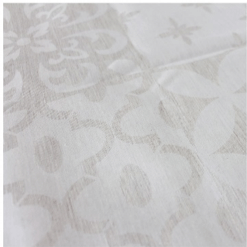
Jacquard
Jacquard woven fabrics are produced on a special weaving loom fitted with a jacquard patterning mechanism. The device enables the systematic selection and raising of independent warp threads to create a textured pattern. A wide variety of complex patterns and designs can thus be produced, such as the waffle weave pattern. Fabrics made by this method include brocade, damask, and brocatelle.

